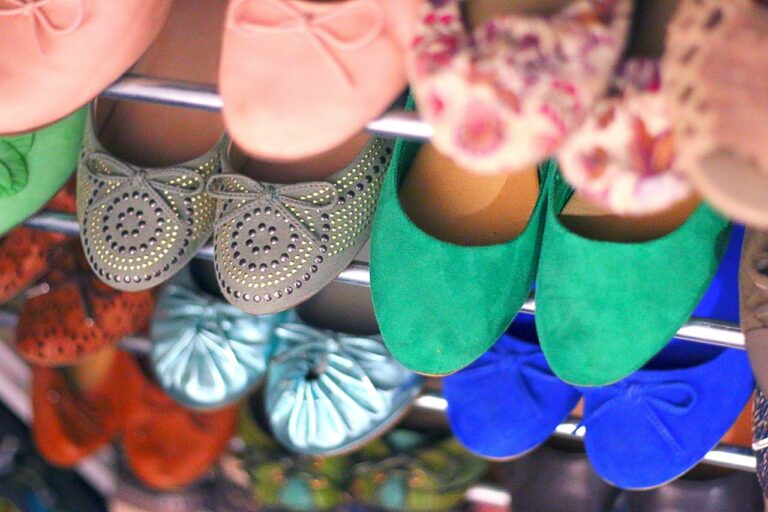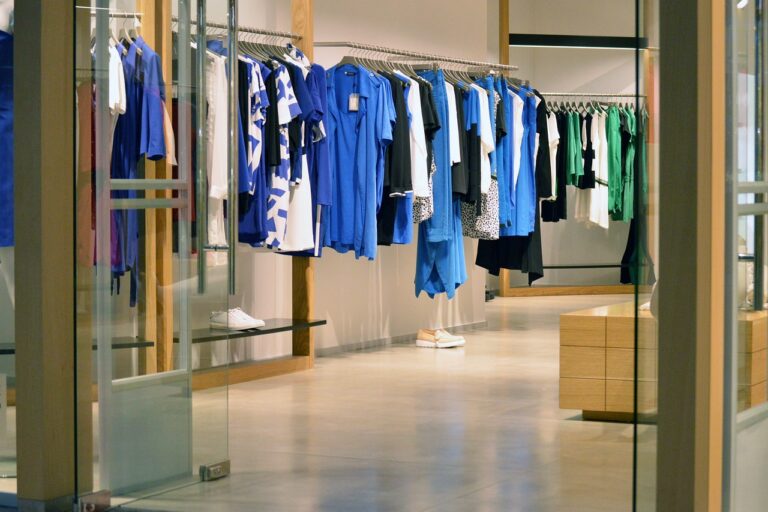Fashion and the Uncanny Valley: Clothing Design for Humanoid Robots
Humanoid robots are becoming increasingly common in various industries, with their ability to perform tasks that mimic human movements and interactions. However, as these robots become more lifelike in appearance and behavior, they often encounter a phenomenon known as the Uncanny Valley. The Uncanny Valley refers to the unease or discomfort people may feel when encountering a robot that looks almost, but not quite, human.
This phenomenon can have significant implications for the design and acceptance of humanoid robots in society. As robots approach a human-like appearance but fall short of complete realism, they can elicit negative emotional responses from people. This can impact how these robots are perceived and utilized, as individuals may be hesitant to interact with them or may even find them off-putting. Understanding the concept of the Uncanny Valley is essential for designers and engineers working on humanoid robots to create machines that are not only functional but also accepted and embraced by society.
Understanding the Relationship Between Clothing Design and Humanoid Robots
Clothing design for humanoid robots poses a unique challenge due to the intricate balance between functionality and aesthetics. Designers must consider the specific physical characteristics and movement capabilities of the robot when creating garments that not only fit well but also enhance its overall appearance. The materials used must also be selected carefully, taking into account factors such as durability, flexibility, and ease of maintenance to ensure the longevity of the clothing.
Moreover, cultural norms and societal expectations play a significant role in determining the appropriate design of clothing for humanoid robots. Just as with human fashion, the style and color choices for robot attire can convey different messages and evoke specific emotions. Designers need to strike a delicate balance between staying true to the robot’s purpose and incorporating elements that resonate with human perceptions and preferences. By understanding these dynamics, designers can create clothing that not only serves a functional purpose but also establishes a meaningful connection between the robot and its human counterparts.
Challenges of Designing Fashion for Humanoid Robots
Designing fashion for humanoid robots poses a unique set of challenges that differ from creating clothing for humans. One key obstacle is the varying body shapes and sizes of different models of humanoid robots, requiring designers to develop adaptable clothing that can fit these diverse forms. Additionally, the materials used in robot construction, such as metal or plastic, present limitations in terms of comfort and flexibility compared to traditional fabrics used in human clothing.
Another challenge in designing fashion for humanoid robots is the need to consider the practical aspects of the clothing, such as ease of maintenance and repair. With robots often subjected to wear and tear from daily use and environmental factors, ensuring that the clothing is durable and easy to clean becomes crucial. Moreover, incorporating technology seamlessly into the garments, such as sensors or communication devices, adds another layer of complexity to the design process.
What is the Uncanny Valley and how does it impact humanoid robots?
The Uncanny Valley is a concept that suggests that as humanoid robots become more human-like in appearance, there is a point where they appear eerily similar to humans but not quite enough, causing discomfort or unease in observers.
How does clothing design play a role in the relationship between humanoid robots and humans?
Clothing design for humanoid robots can help bridge the gap between their mechanical appearance and human-like features, making them more relatable and acceptable to humans.
What are some challenges faced when designing fashion for humanoid robots?
Some challenges include ensuring the clothing fits properly on the robot’s unique body shape, selecting materials that are durable and flexible enough for robotic movements, and considering the aesthetics to create a cohesive and appealing look.







